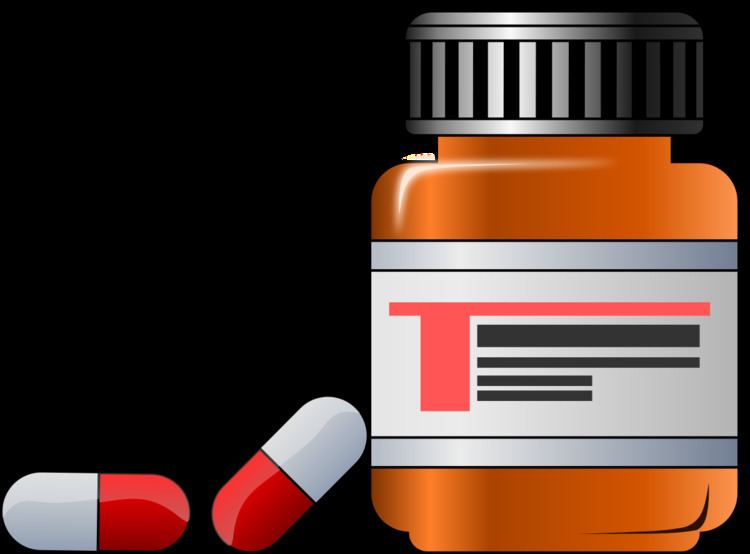Publisher IMC Originally published 2008 | Subject Medicine Publication date 2008 Page count 96 | |
 | ||
Author Original title Clasificación de Derivaciones Fármaco-terapéuticas. MEDAFAR Similar International Classification of Primar, Physicians' Desk Reference, Martindale: The Complete, Goodman & Gilman's The Phar, MedDRA | ||
The Classification of Pharmaco-Therapeutic Referrals (CPR) is a taxonomy focused to define and group together situations requiring a referral from pharmacists to physicians (and vice versa) regarding the pharmacotherapy used by the patients. It has been published in 2008. It is bilingual: English/Spanish (Clasificación de Derivaciones Fármaco-terapéuticas).
Contents
- Supporting institutions
- Authors
- Structure
- E Effectiveness efficiency
- I Information health education
- N Need
- S Safety
- References
It is a simple and efficient classification of pharmaco-therapeutic referrals between physicians and pharmacists permitting a common inter-professional language. It is adapted to any type of referrals among health professionals, and to increase its specificity it can be combined with ATC codes, ICD-10, and ICPC-2 PLUS.
It is a part of the MEDAFAR Project, whose objective is to improve, through different scientific activities, the coordination processes between physicians and pharmacists working in primary health care.
Supporting institutions
Authors
Structure
It is structured in 4 chapters (E, I, N, S) and 38 rubrics. The terminology used follows the rules of ICPC-2.
Each rubric consists in an alphanumeric code (the letter corresponds to the chapters and the number to the component) and each title of the rubric (the assigned name) is expressed and explained by:
– A series of terms related with the title of the rubric.
– A definition expressing the meaning of the rubric
– A list of inclusion criteria and another list with exclusion criteria to select and qualify the contents corresponding to a rubric.
– Some example to illustrate every term.
It also includes a glossary of 51 terms defined by consensus, an alphabetical index with 350 words used in the rubrics; and a standardized model of inter-professional referral form, to facilitate referrals from community pharmacists to primary care physicians.
